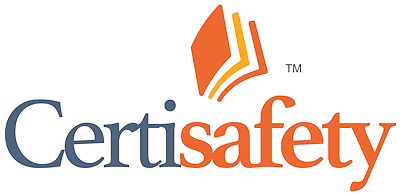


"One of the objectives of workers' compensation is to allocate the costs of the program among employers and industries according to the degree to which they are responsible for the losses. Such an allocation is considered equitable because each employer and industry pays its fair share of the cost. In the long run, this allocation shifts resources from hazardous industries to safe industries and from unsafe employers within an industry to safe employers. Eventually, the most unsafe operations will be driven out of the marketplace." — Accident Prevention Manual for Business and Industry: Administration and Programs, NSC Pub.
Practice quizzes contain questions from this topic. Thirty- and 100-question exams contain questions from multiple topic areas.
Practice Quizzes - 1 2 3 4 5 6
30-Question Practice Exams - 1 2 3
150-Question Practice Exams - 1 2 3 4 5 6
References & Notes -
Videos
Copyright ©2000-2020 Geigle Safety Group, Inc. All rights reserved. Federal copyright prohibits unauthorized reproduction by any means without permission. Students may reproduce materials for personal study. Disclaimer: This material is for training purposes only to inform the reader of occupational safety and health best practices and general compliance requirement and is not a substitute for provisions of the OSH Act of 1970 or any governmental regulatory agency. CertiSafety is a division of Geigle Safety Group, Inc., and is not connected or affiliated with the U.S. Department of Labor (DOL), or the Occupational Safety and Health Administration (OSHA).